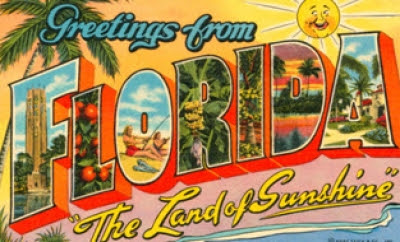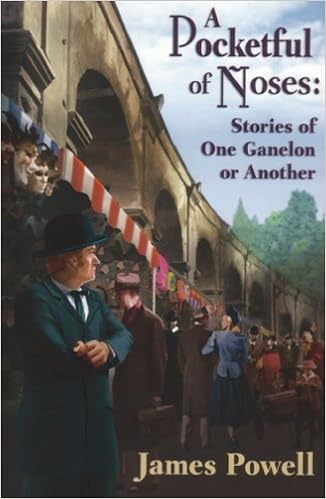It’s 8:00am Saturday, writing day, and I’m so not ready to write. I’d been up late watching That Space Action Buddy Movie That Is Always On. TSABMTIAO sucks me right in. That’s what I do now on weekend nights, stare at a screen and not think much because I’ve been staring at smaller screens all damn week and thinking my brain into mush. I’m Zoomed out. A year now—a year—since home became not just the retreat and writing space but also the day job desk and social distancing fort. I’m still seeking balance.
Anyway, I can’t just dive into “That Flash Idea Thing,” no matter what the schedule pressure and creative guilt says. Have to get my blood pumping first. A pre-writing walk has launched the process since forever. Core to the ritual. Writing itself is an endurance feat, right? Hard to push through mentally if the body isn't primed.
Step 1: Walk and think; Step 2: Buy cold Diet Coke at the convenience store. Step 3: Go home and write. Works every time– except when it doesn’t. But I can’t skip the warm-up, that’s for sure. Off I go, and hey, what if I walk another block to the grocery? They sell Diet Coke at the grocery. Variety of route, the spice of life.

I walk to the grocery. Buy that Diet Coke. Hang on. You know what would make for top snacking later? A bag of Munchies. You know the mix, with like everything Lays swept off the packaging floor jumbled together feed bag-style. I buy the Munchies and of course sliced mangos. Writers need vitamins. Now I’m walking back home, and I should be mulling over outline problems with “Flash Thing,” but iTunes keeps playing the Stones and seriously, here is a car with legit U.S. Virgin Island license plates. Anyone alive would wonder what other fantastic license plates are in this parking lot of curiosities.
I get home with a decent U.S. state count and the Diet Coke gone. I’m totally getting my steps in, y’all. I secure the Munchies and check the phone for the usual grim news and English football scores. Start the laundry. It doesn’t start itself, does it? Done, done, and done, and folks, it is time to write. No, wait. Pollen season. Important to shower off the sinus fiends. That also done, the writing session has arrived, except how did it get to be 11am already? I can’t get going on “Flash Thing” with lunch time looming around the corner. I’ll feel distracted, disjointed. I’ll make hangry choices sure to summon rejections and the eternal silence of the hard drive. What I’ll do, I’ll outline a few goals for the day’s session as an intentionality exercise.
And bam! A key decision appears on my scratch pad. The POV will be the son. Bam! No, the mother. Bam! No, a surrogate mother figure. I decide that the piece will be about 700 words. 800 sounds longish. So, 700 hundred words and a mom-like person. I’ve earned my tuna salad, thank you very much.
I have the tuna salad. No Munchies yet. Those are for special snack occasions like big game watching or nine o’clock. I check the news. Switch the laundry. Here we go. I’m at the computer, and I write a working title. Add the by-line. Seven words already. I try a first sentence. It stinks, but I move it around and then I move that around, and after the moving stops, there is a paragraph. There may not be another one, though. I’m stumped, and no amount of staring at my shelf inspiration deals seems to help. I’m downstairs again fetching more Diet Coke, and my path takes me past the TV. They play football in England like all Saturday long. Also, I haven’t doom-scrolled the news since the tuna salad. I have a few mango slices because the struggle is real.
It used to be, back when, I wrote in morning flurries. By afternoon, I faded into this same grind, except with victories already notched. I could recharge and hit it again later. Now, I have the grind. But hey, my word count is showing 220 words, and “Flash Thing” is tracking the general idea on the general pace. The story is leading me more, and I blow past my old 2pm hard stop and then past 3pm, and at some point, and with a spin on the treadmill, it’s dark out and I blow past my old evening stop time. Then there is a full draft right here on this monitor screen. As if the writing gods have spoken, the word count is 702.
I break open the Munchies. Turn on the TV.
There was an old process, and I’m managing through a rebalanced one, mainly to bear down and make it work. Plus, I get major laundry done.


























